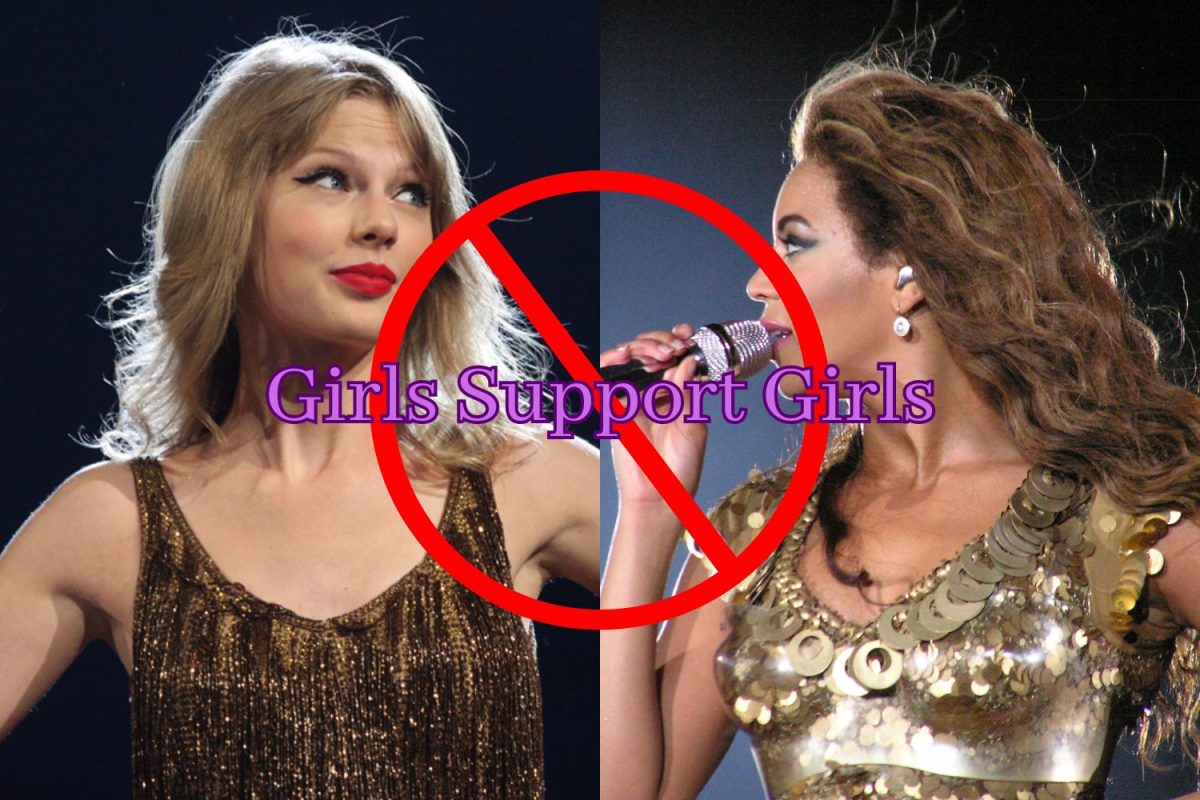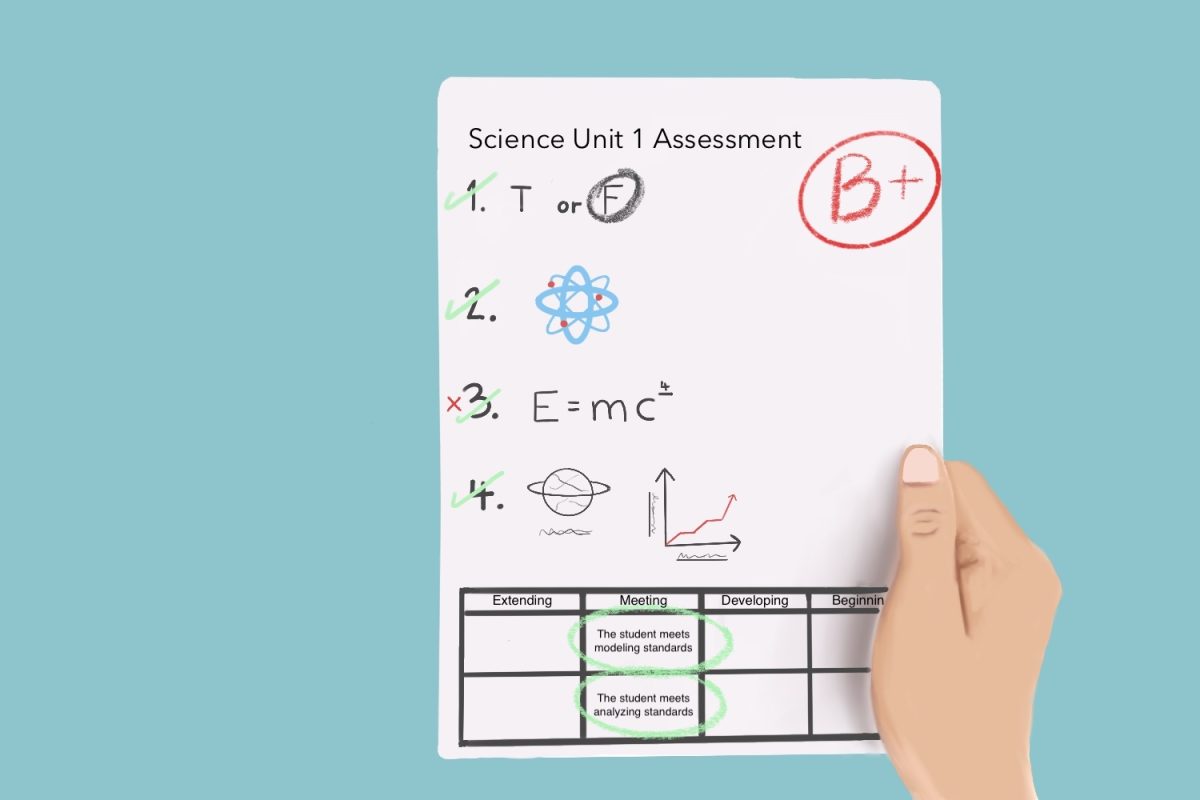When it comes to creating snap judgments about universities, I’m just as guilty as the next person. Whenever I hear any college or university mentioned, I immediately Google its acceptance rate or average SAT score. I then, like most people, use these two data points to form my initial opinion on how “good” the school is; the lower the acceptance rate, the more impressive the school becomes.
Society has become so obsessed with college rankings and admissions rates, that more often than not, the first thing listed about any college or university is its admissions statistics.
Indeed, average SAT score, GPA and acceptance rate are criterion that can be used to form the most basic judgment of a school. Nevertheless, it is vital that we understand that admissions data can be, and very often is, skewed in some way.
Particularly in recent years, the importance placed on college rankings and acceptance rates has increased. In accordance with this new emphasis, colleges have manipulated their data to make their schools look as selective as possible. One method that many colleges, such as Washington and Lee University, and Pomona college, have been caught using in order to keep their acceptance rates low is counting incomplete applications towards the total number of applicants, according to higher education analyst Andrew Kelly at the American Enterprise Institute.
While the federal standard requires that universities only count applicants that have ‘fulfilled the requirements to be considered for admission’ many schools have been counting applications that were only partially completed in their “reject” pile, hence lowering the acceptance rate.
Average SAT scores of incoming freshman have also been inflated by colleges using bribery. Baylor University was guilty of using this practice, according to The Lariat, Baylor’s student newspaper. Last June, Baylor offered its admitted freshmen $300 to retake the SAT and an additional $1,000 in tuition fees to those who raised their score by 50 points. This level of monetary commitment only serves to illustrate the value placed in these rudimentary statistics.
Even worse than that, some schools are blatantly lying about their admissions statistics. Just last year, George Washington University (GWU) was temporarily banned from the U.S. College Rankings because it was found that they had been lying about the academic credentials of their incoming class. GWU claimed that 78 percent of incoming freshmen came from the top 10 percent of their class, when in reality it was only 58 percent in this top tier, according to GWU President Steven Knapp.
Pamela Gann, the president of, Claremont McKenna college, recently published a letter explaining how the college fired a senior admissions officer who was guilty of lying about the average SAT score for incoming freshmen, inflating each math and critical reading score by around 20 points.
My point here isn’t to preach, or to propose banning college rankings, or anything to that extreme. I think it’s important to realize the fact that several colleges have manipulated their data, which shows the unrealistic weight placed on superficial factors such as rankings and admissions information.
There is a lot more to a particular university than the statistics it boasts on its website, or its position in the U.S. college rankings, whether they are genuine or not.
Next time that you hear about a particular college and you decide to look up its credentials, I would urge you to take the value of those numbers with a grain of salt.








Edward Safer • Oct 21, 2016 at 2:24 am
Great post. I relate as I’ve heard of allegations against my college of manipulating statistics. But I am confused. What would you suggest students use to judge colleges by? It seems statistics serve as the primary method of decision. Also is simple manipulation something one should do research and call the college out on?